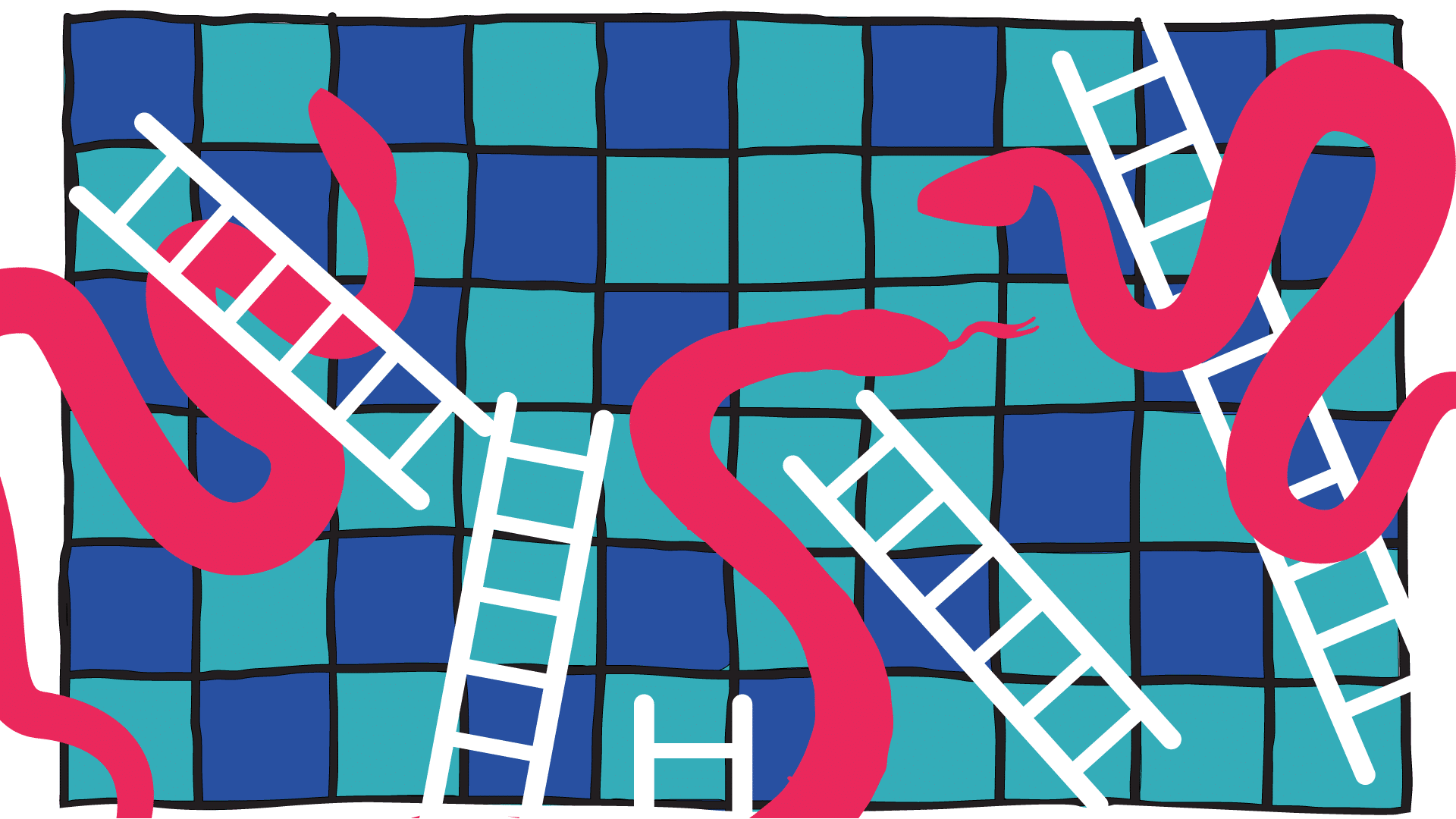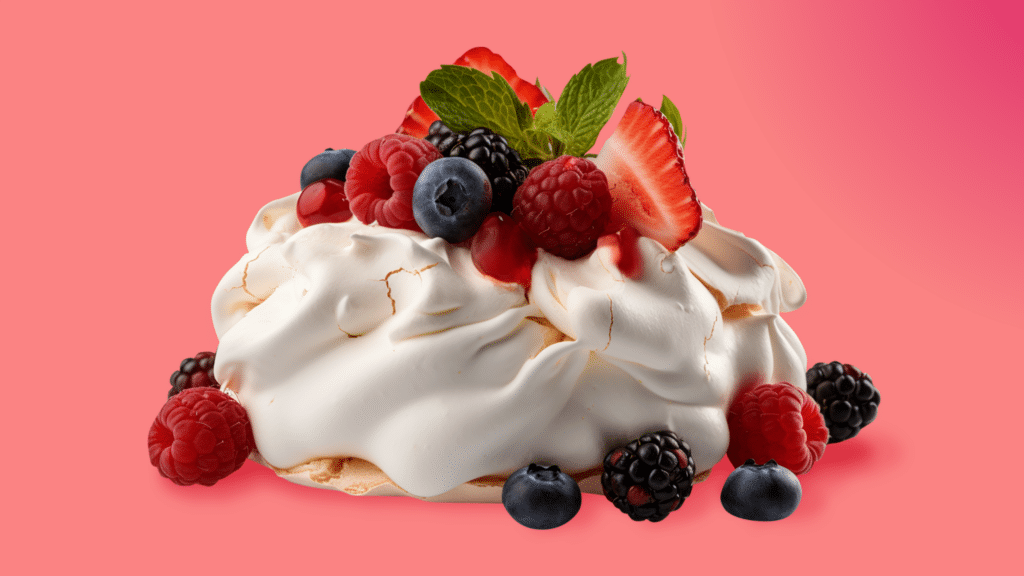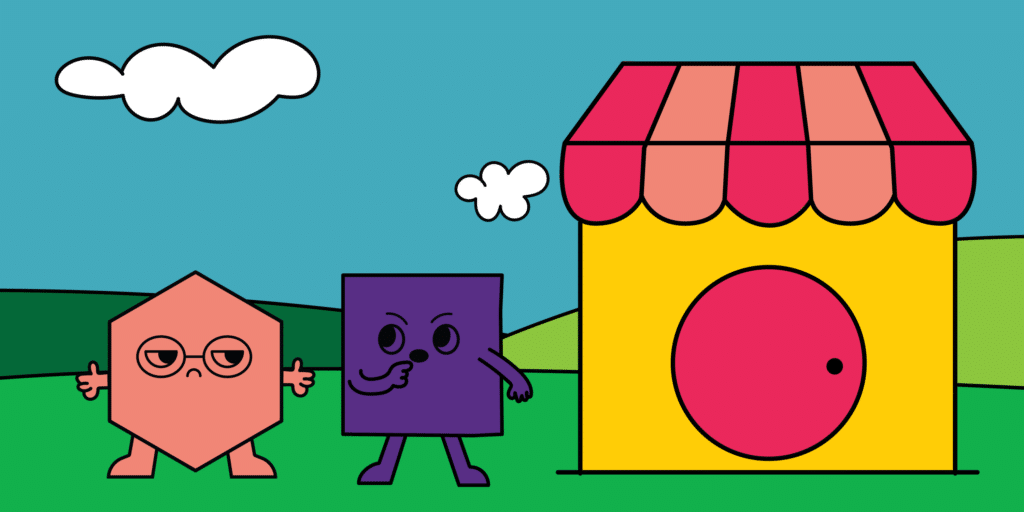There’s a cocky lad about town, we’ll call him Larry, but his real name’s Keith. He’s a banker, and a babe magnet, or so he thinks. Larry’s done alright for himself; he’s got a swanky apartment in a downtown building; a Porsche and a Harley in a basement carpark; he’s got the latest espresso coffee maker in his kitchen.
No doubt about it, Larry’s got features, and he flaunts them to any girl who’ll listen.
Yet, Larry’s got a serious branding problem. His entire image is based on the superficial trappings of his life, none of which can hide the fact that he’s a materialistic, narcissistic dullard with negligible benefits.
If Larry was a product, he’d be a clearance sale in weeks. If he continues to market himself in this way, he’ll attract all the wrong potential partners and no long-term loyalty. Larry will be stuck on the lowest rung of the brand ladder forever, lost and alone with his features.
Benefits build the rungs of your brand ladder
Sure, features – the right features – form the base for any brand, but benefits are what drive engagement. Benefits create the emotional allure that helps you climb to the top of the brand ladder.
So let’s hop on and start climbing.
The bottom rung: Define the features of your product or service
Way back in 1904 Coca-Cola defined their strangely coloured drink as ‘Delicious and refreshing.’ Benadryl defined their allergy syrup as fast-acting symptom relief. These are basic features, but good features if backed up by quality and consistency.
Work out the most commercially appealing features of your product or service. They become the launching pad for your climb up the brand ladder.
The second rung: Define the tangible benefit these features deliver
Once established with a sizable market share, Coke went all out with a statement of superiority ‘America’s favourite moment’. Benadryl, dealing, as they were with less favourite moments, went for a more staid benefit: ‘Reduces symptoms and improves quality of life.’
How do the features of your product or service directly benefit customers? What problem or need do they solve?
The third rung: Spell out the functional benefit
In other words, what outcome can customers expect?
For Coke, ‘The sign of good taste’ was a brand ladder (and brand leader) masterstroke. It effectively branded Coke drinkers as soft drink sophisticates. Not only did things go better with Coke, consumers looked and felt better drinking it.
As for Benadryl, yeah well, while people might feel better afterwards, no one was going to look better drinking it. So in their next step up the ladder, Benadryl kept it antiseptic, and slightly menacing. ‘Don’t be a social misfit,’ they said to allergy sufferers. ‘Be more active.’
The fourth rung: Spell out the emotional benefit
‘Open happiness.’ That’s a pretty clear and present emotional benefit courtesy of Coke.
‘Freedom and Belonging.’ According to their savvy marketers, Benadryl’s allergy relief will give you just that.
The fifth rung: What’s the ultimate brand benefit?
It’s hard to go past Coke’s ultimate promise to consumers, a promise that goes way beyond merely branding Coke as a soda. They proclaim that Coke brings family and friends together, encourages sharing and fosters happiness.
That’s pretty lofty stuff, yet no one can argue. Coke has earned the right to such bold claims by being consistent in their product and branding, and by remaining relevant.
Climb as your brand awareness climbs
Coke didn’t wheel out their ‘Open Happiness’ mantra from day one, they’d have been laughed off the supermarket shelves. They climbed the brand ladder as their popularity climbed and as Coke became synonymous with smiley faces and happy lifestyles.
Likewise, an unknown allergy remedy doesn’t announce itself as a source of ‘Freedom and Belonging,’ from day one.
Should you be climbing the brand ladder?
Most definitely. If you haven’t already begun the climb, we can help you find the right messages for better profits and a competitive edge.
Coke and Benadryl are brand leaders because they found what they’re good at, defined it in memorable, engaging ways and delivered what they promise. They’ve done what it takes to climb to the top of the brand ladder.
The bottom line to laddering up?
Don’t be like Larry. Before you start climbing, work out if your product or service fills a genuine need. Does it solve a problem? Does it have the features to create a well-rounded, top-flight brand?
If the answer’s yes, it’s time to climb.


